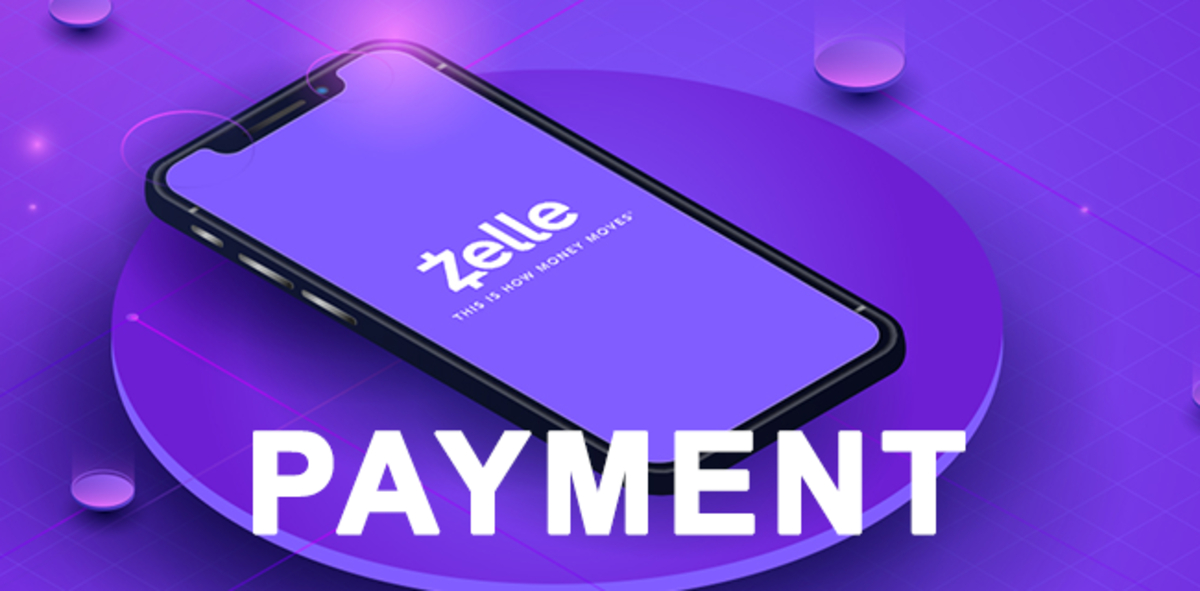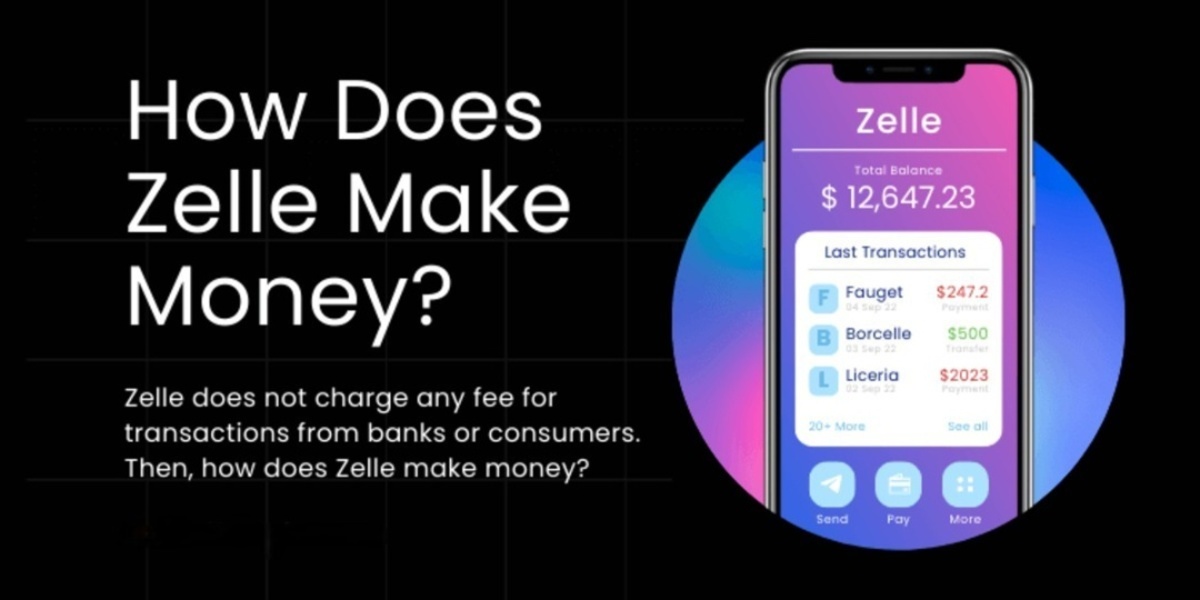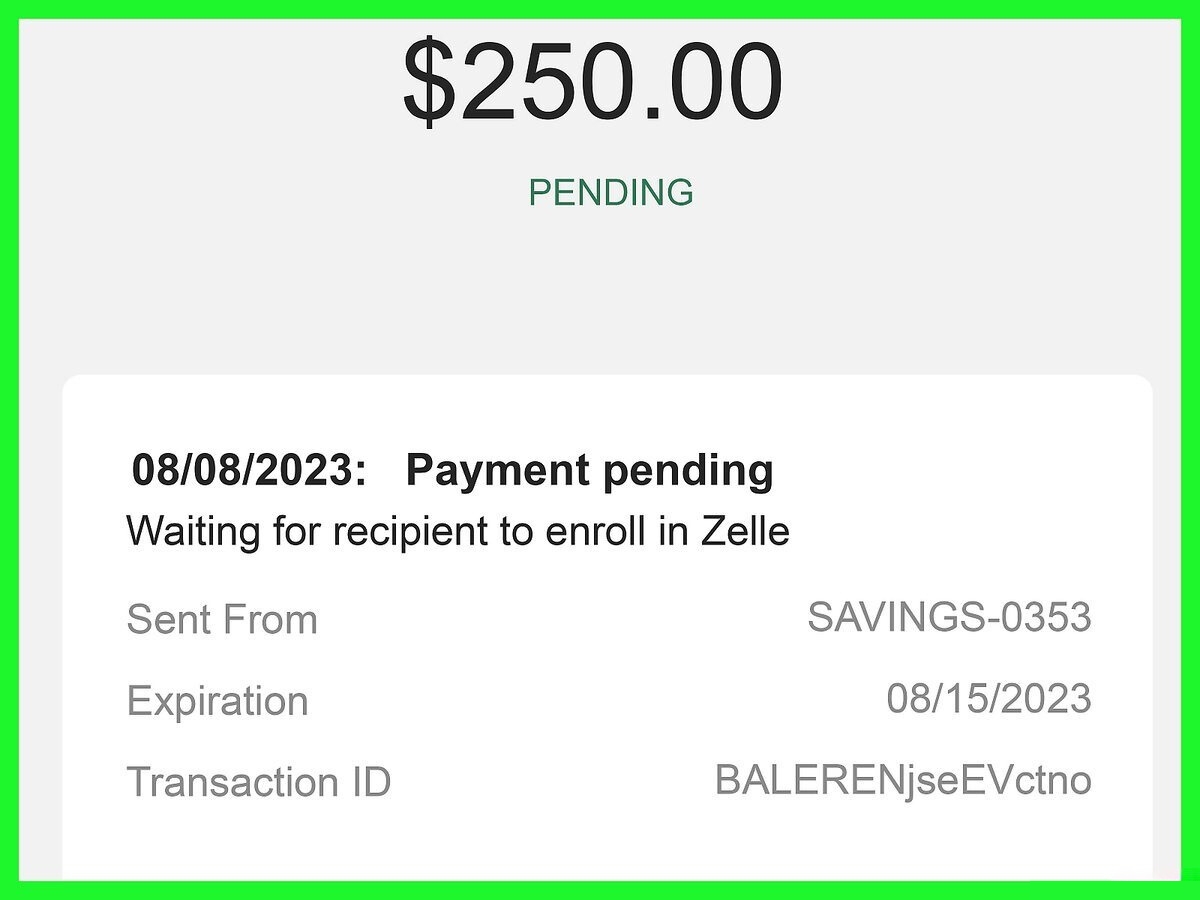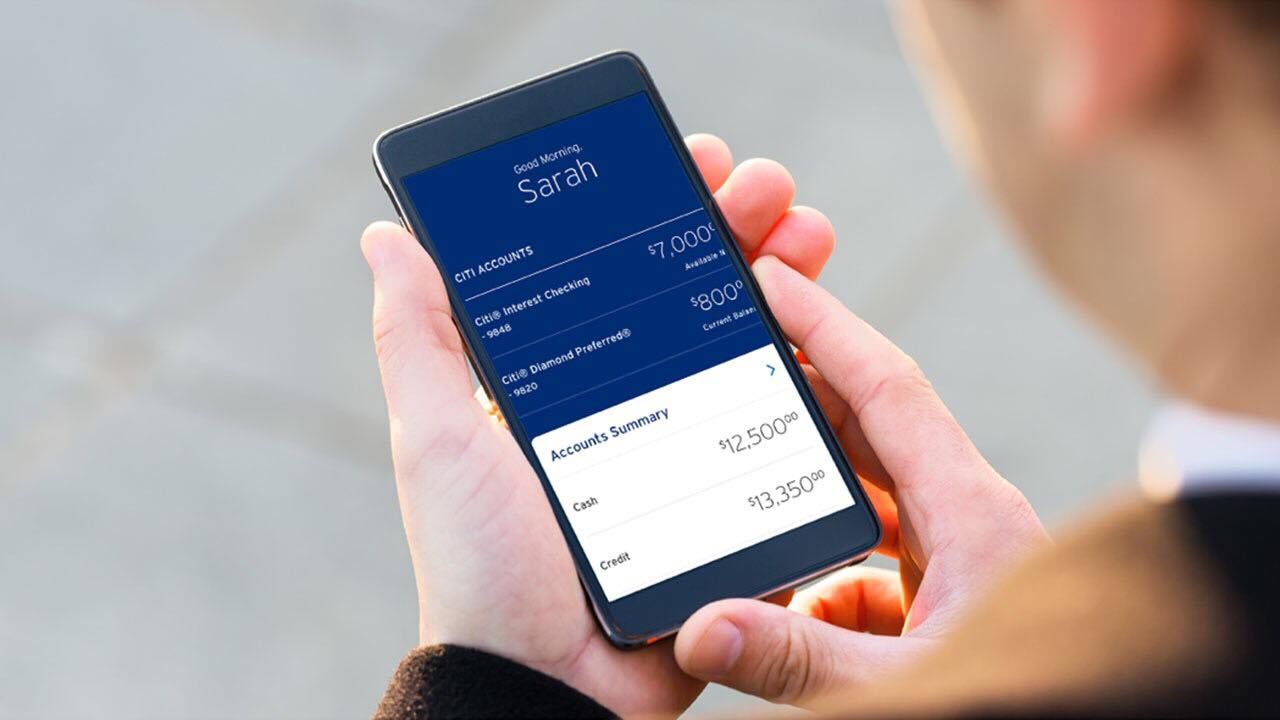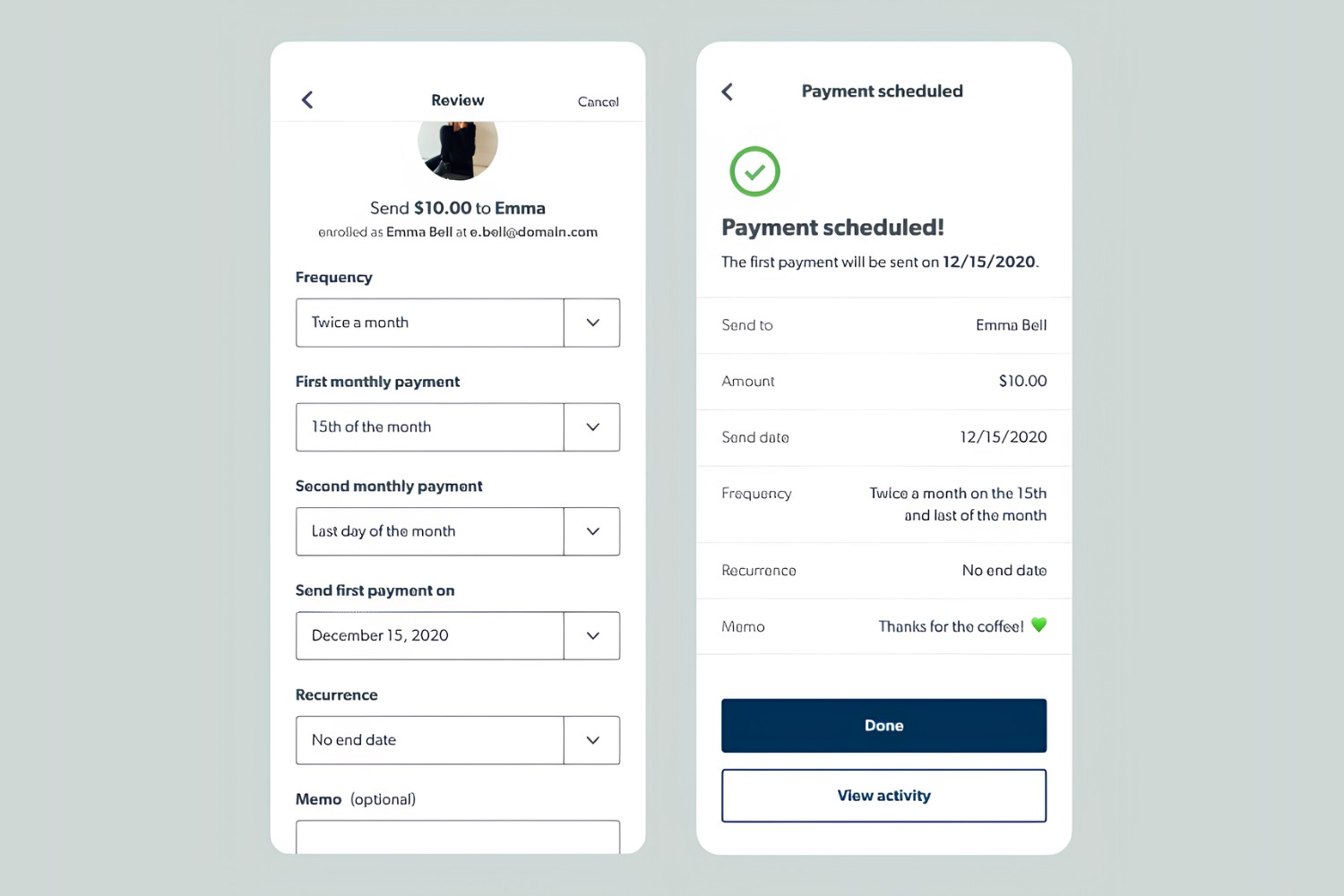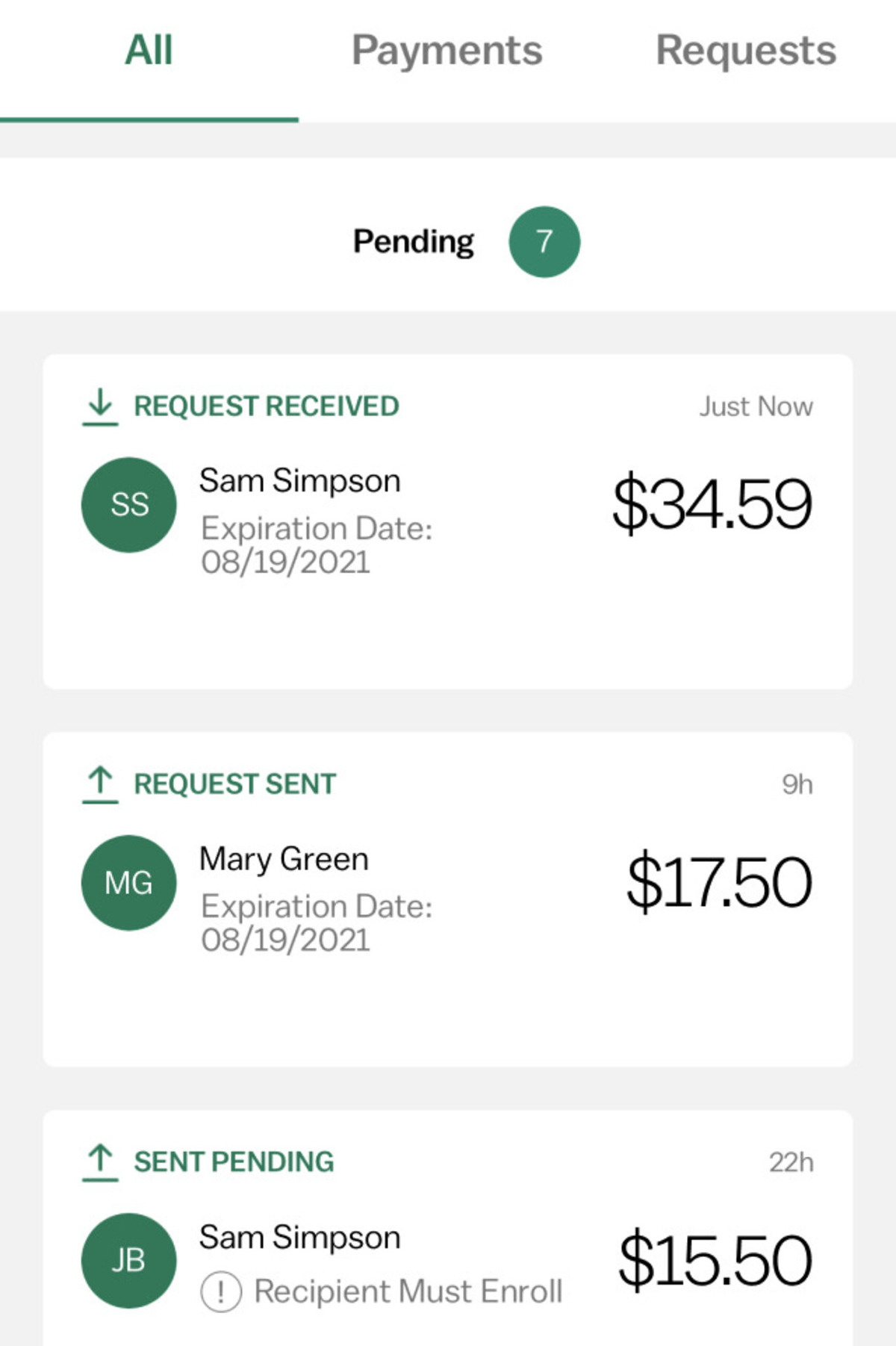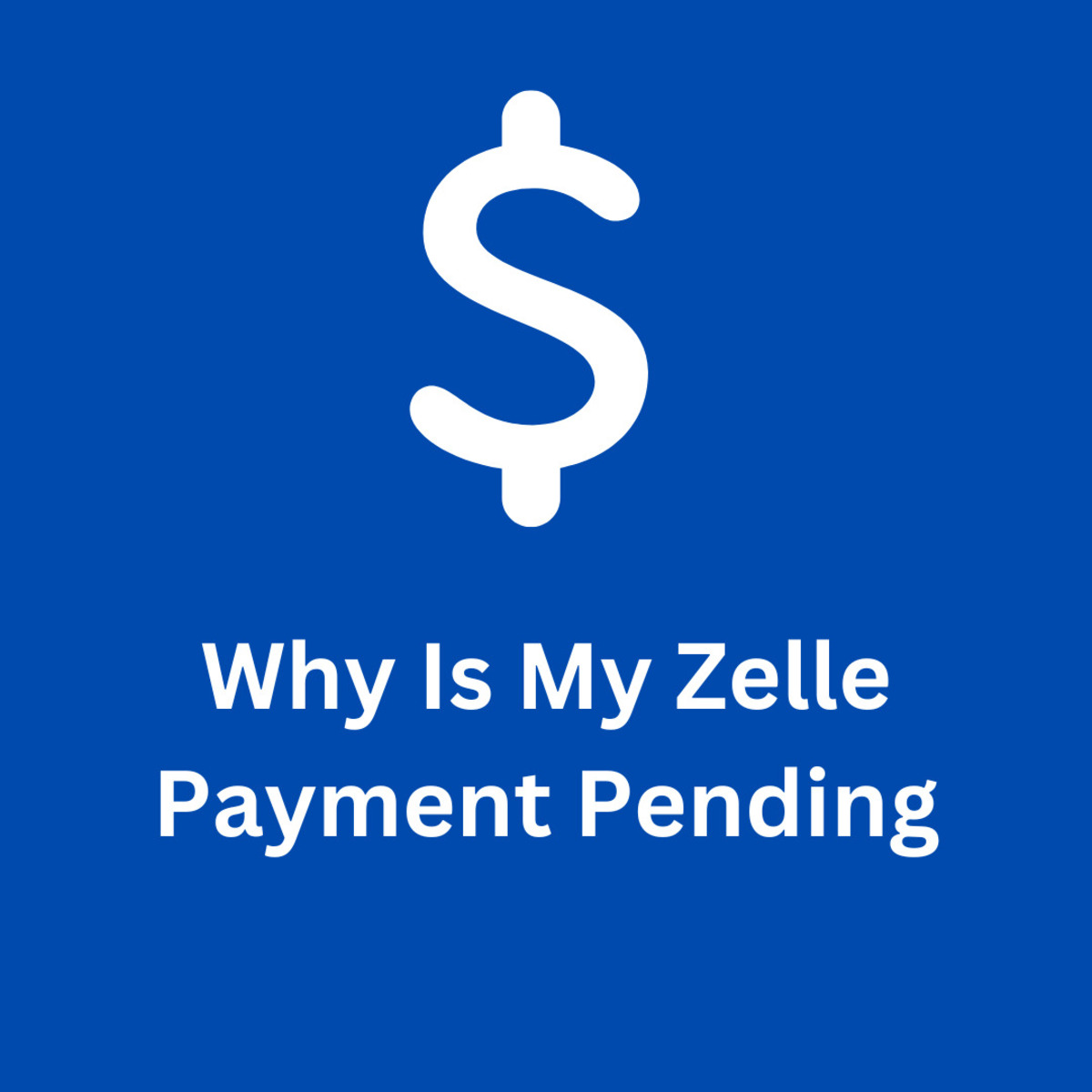What are Zelle Payments
Zelle is a popular digital payment network that enables users to send and receive money quickly and easily. It allows you to transfer funds directly from your bank account to another person’s bank account, eliminating the need for cash or checks. With Zelle, payments can be made securely and conveniently, making it an increasingly popular choice for individuals and businesses alike.
Unlike other payment systems that require a third-party app or service, Zelle is built directly into many banking apps and websites, making it extremely accessible. This means that as long as both parties have a bank account with a participating financial institution, they can easily send and receive payments using Zelle.
One of the key advantages of Zelle is its speed. Traditional methods of transferring money, such as writing a check or initiating a bank transfer, can often take several days to process. With Zelle, funds can be transferred in a matter of minutes, making it ideal for situations where immediate payment is required.
Zelle also offers a high level of security. Since transactions are conducted directly between bank accounts, there is no need to exchange sensitive personal or financial information. This reduces the risk of identity theft or fraud, providing peace of mind for users.
Furthermore, Zelle payments can be made 24/7, allowing for greater flexibility and convenience. Whether it’s splitting the bill at a restaurant, paying a babysitter, or sending money to a family member in need, Zelle makes it quick and easy to transfer funds directly from your bank account without any hassle.
In summary, Zelle is a digital payment network that enables users to send and receive money quickly and securely. With its built-in functionality in many banking apps, fast processing times, high-level security, and 24/7 availability, Zelle has become a popular choice for personal and business transactions.
How does Zelle work
Zelle works by utilizing the existing banking infrastructure to facilitate quick and secure payments between individuals and businesses. To use Zelle, you first need to have a bank account with a participating financial institution that supports the service. Many major banks and credit unions offer Zelle as a free feature within their mobile banking apps or online banking platforms.
Once you have access to Zelle, you can initiate a payment by simply entering the recipient’s email address or phone number. If the recipient is already enrolled with Zelle, they will receive a notification and the funds will be deposited into their bank account within minutes.
If the recipient is not yet enrolled with Zelle, they will receive a message with instructions on how to sign up. Once they have completed the enrollment process, the funds will be transferred to their account.
It’s important to note that both the sender and recipient need to have a bank account with a participating financial institution to use Zelle. This requirement ensures that the transactions occur securely and directly between bank accounts, eliminating the need for intermediaries or additional fees.
Another key feature of Zelle is that it allows for easy splitting of bills and shared expenses. If you need to split the cost of dinner with friends or share the rent with roommates, you can simply enter multiple email addresses or phone numbers when sending a payment. Zelle will then distribute the requested amount evenly among the recipients.
Zelle also offers a request feature, which allows you to request funds from someone else. This can be helpful in situations where you may need to politely remind someone to pay you back for a loan or an owed amount.
Overall, Zelle simplifies the payment process by leveraging existing banking infrastructure and offering a user-friendly interface. By integrating directly into banking apps and enabling quick transfers with just an email address or phone number, Zelle has become a convenient and efficient method for peer-to-peer payments and shared expenses.
Setting up a Zelle account
Setting up a Zelle account is a straightforward process that can be done in a few simple steps. Here’s how you can set up your Zelle account:
- Check if your bank supports Zelle: Before you can set up a Zelle account, you need to ensure that your bank or credit union offers the service. Most major banks in the United States now support Zelle, but it’s always a good idea to double-check.
- Download your bank’s mobile app: If your bank supports Zelle, you’ll need to download and install their mobile banking app. This is where you’ll access Zelle’s features and manage your payments.
- Verify your identity: To set up your Zelle account, you’ll need to verify your identity by providing some personal information, such as your name, address, and social security number. This is a standard security measure to ensure the safety of your transactions.
- Create a profile: Once your identity is verified, you’ll be prompted to create a profile. This typically involves setting up a username and password that you’ll use to log in to your Zelle account.
- Link your bank account: After creating your profile, you’ll need to link your bank account to your Zelle account. This step may require providing your bank account number and other relevant information. By linking your bank account, you’ll be able to send and receive funds through Zelle.
- Accept terms and conditions: Before you can start using Zelle, you’ll be asked to review and accept the terms and conditions of the service. It’s essential to read through these terms carefully to understand your rights and responsibilities as a Zelle user.
- Verify your email or phone number: Finally, to fully activate your Zelle account, you may need to verify your email address or phone number. This step ensures that Zelle can reach you with transaction notifications and account updates.
Once you’ve completed these steps, your Zelle account will be set up and ready to use. You can now start sending and receiving money conveniently and securely through the Zelle platform.
It’s worth noting that the specific steps and process may vary depending on your bank or credit union. If you encounter any issues or have questions, it’s always best to reach out to your financial institution’s customer support for assistance.
Using Zelle for personal payments
Zelle offers a seamless and convenient way to make personal payments. Whether you need to split the cost of a gift with a friend or reimburse someone for a shared expense, Zelle makes it quick and easy to send money directly from your bank account to theirs.
To make a personal payment using Zelle:
- Access your banking app or online banking platform: Open your bank’s mobile app or log in to your online banking account.
- Open Zelle: Navigate to the Zelle feature within your banking app. It may be found in the “Payments” or “Send Money” section.
- Select a recipient: Enter the email address or phone number of the person you want to send money to. If they are already enrolled with Zelle, their name may appear automatically.
- Enter the payment amount: Specify the amount you want to send. If you’re splitting a bill, you can enter the amount evenly or enter specific amounts for each recipient if the expense is divided unevenly.
- Review and confirm: Double-check the payment details and confirm the transaction. Some banks may ask you to enter a transaction authorization code for added security.
- Notification and confirmation: Once the payment is sent, the recipient will receive a notification. The funds will be deposited directly into their bank account, usually within minutes.
It’s important to note that both the sender and recipient need to have a bank account with a participating financial institution to use Zelle for personal payments. Additionally, some banks may have daily or monthly transaction limits, so ensure that you familiarize yourself with any limitations that may apply.
Zelle can be a convenient option for various personal transactions, such as:
- Paying a friend back for dinner or a movie ticket
- Splitting the cost of shared expenses, like rent or utilities, with roommates
- Sending money to family members for special occasions or emergencies
- Contributing funds for group gifts or donations
By leveraging the speed, security, and convenience of Zelle, personal payments can be completed in just a few simple steps, eliminating the need for cash or checks.
Using Zelle for business transactions
Zelle is not only useful for personal payments but can also serve as a convenient tool for business transactions. Whether you’re a small business owner or a freelancer, Zelle offers a quick and secure way to send and receive payments from clients and customers.
Here are some ways you can use Zelle for your business transactions:
- Invoicing clients: Instead of waiting for a check to arrive in the mail or dealing with the hassle of bank transfers, you can invoice your clients through Zelle. Simply provide them with your registered email address or phone number associated with your Zelle account, and they can send the payment directly to you.
- Receiving payments for goods and services: If you sell products or provide services, you can offer your customers the option to pay through Zelle. By providing them with your email address or phone number, they can easily send the payment, and you’ll receive it directly in your bank account.
- Paying suppliers or vendors: In addition to receiving payments, you can use Zelle to pay your suppliers or vendors. Rather than writing and mailing checks or arranging bank transfers, you can initiate the payment through Zelle, ensuring quick and efficient transactions.
- Splitting expenses with partners or team members: If you’re collaborating with partners or working with a team, Zelle allows you to easily split expenses. You can input multiple email addresses or phone numbers and divide the total amount evenly or allocate specific amounts to each recipient.
Using Zelle for business transactions offers several advantages:
- Speed and convenience: Payments sent through Zelle are typically processed within minutes, allowing you to receive funds quickly and complete transactions efficiently.
- No transaction fees: Zelle transactions are typically free, ensuring that you can keep more of your hard-earned money in your business.
- Secure transactions: With Zelle, payments are made directly between bank accounts, reducing the risk of fraud or unauthorized access to your sensitive financial information.
Before using Zelle for business transactions, it’s important to check with your bank or financial institution for any specific guidelines or limitations that may apply. Additionally, it’s a good practice to keep records of all your transactions for future reference and accounting purposes.
By leveraging the convenience, speed, and security of Zelle, you can streamline your business transactions and ensure a seamless payment process for both you and your clients or customers.
Zelle fees and limitations
One of the reasons why Zelle has gained popularity is its user-friendly interface and the absence of transaction fees for most users. Unlike some other payment platforms that charge a percentage or flat fee for each transaction, Zelle typically does not impose any fees on users.
However, it’s important to note that while Zelle itself does not charge fees, your bank or credit union may have their own policies regarding transaction fees. It’s best to check with your financial institution to understand if there are any associated costs for using Zelle.
When it comes to limitations, there are a few factors to consider:
- Transaction limits: Some banks have daily or monthly transaction limits for Zelle transfers. These limits can vary depending on your bank and the type of account you have. It’s essential to be aware of any restrictions to ensure that you can complete your desired transactions.
- Participating banks: While Zelle has partnered with numerous financial institutions, it’s worth noting that not all banks offer Zelle. Before using Zelle, make sure that your bank or credit union supports the service. If your bank doesn’t offer Zelle, you may need to consider alternative payment methods.
- International transfers: Zelle is primarily designed for domestic transactions within the United States. It may not be available for international transfers. If you need to send or receive payments internationally, you may need to explore alternative options or consider using a different payment service.
- Enrollment requirements: Both the sender and recipient need to have a bank account with a participating financial institution to use Zelle. If the recipient is not enrolled with Zelle, they will need to sign up to receive the payment. Ensure that the person you’re sending money to is capable of receiving funds through Zelle.
It’s always a good practice to read and understand the terms and conditions of Zelle and your specific bank’s policies to avoid any surprises or unexpected limitations.
By being aware of any potential fees or limitations, you can make informed decisions and ensure that Zelle meets your needs for convenient and cost-effective money transfers.
Benefits of using Zelle
Zelle offers several benefits that make it a popular choice for individuals and businesses looking for a convenient and secure way to transfer money. Here are some of the key advantages of using Zelle:
1. Speed: Zelle transactions are typically processed within minutes, allowing you to send and receive money quickly. This is particularly beneficial for situations where immediate payment is required or when you need to split expenses on the spot.
2. Convenience: Zelle is integrated into many mobile banking apps and online banking platforms, making it easily accessible for users. You don’t need to download a separate app or sign up for an additional service. With Zelle, you can conveniently send and receive money directly from your bank account.
3. Security: Zelle transactions are conducted directly between bank accounts, reducing the risk of fraud or unauthorized access to your personal and financial information. There’s no need to share sensitive details or disclose credit card numbers, enhancing the security of your transactions.
4. No transaction fees (generally): In most cases, Zelle does not charge fees for sending or receiving money. This can save you money compared to other payment platforms that impose transaction fees. However, it is worth noting that your bank may have its own fee policies, so it’s always a good idea to check with your financial institution.
5. Ease of use: Zelle is designed to be user-friendly and intuitive. The process of sending and receiving money is simple and straightforward, requiring only the recipient’s email address or phone number. Zelle’s integration with banking apps makes it easy to access and navigate within your existing banking platform.
6. Splitting expenses: Zelle offers a convenient way to split bills and shared expenses. Whether it’s splitting the cost of dinner with friends or dividing household expenses with roommates, Zelle allows you to enter multiple email addresses or phone numbers and distribute the payment accordingly.
7. Flexible usage: Zelle can be used for both personal and business transactions, giving you versatility in how you send and receive money. Whether you need to reimburse a friend, pay a vendor, or receive payments from clients, Zelle offers a reliable and efficient solution.
8. Availability: Zelle is widely available to customers of many major banks and credit unions in the United States. This widespread access means that you can leverage Zelle’s benefits regardless of your specific financial institution.
With its speed, convenience, security, and user-friendly interface, Zelle provides a seamless solution for transferring money between individuals and businesses. By utilizing Zelle, you can enjoy the advantages of quick and hassle-free transactions without compromising the security of your financial information.
Alternatives to Zelle
While Zelle is a popular choice for peer-to-peer payments and business transactions, there are other alternatives available that offer similar functionalities. Here are a few alternatives to consider:
1. Venmo: Venmo is a widely used mobile payment service that allows you to send and receive money, split bills, and make payments through a mobile app. Venmo is particularly popular among younger users and offers social features, such as the ability to like and comment on transactions.
2. PayPal: PayPal is a well-established online payment platform that allows you to send money, make online purchases, and even set up recurring payments. PayPal offers a range of features, including buyer and seller protection, and is widely accepted by online merchants.
3. Cash App: Cash App, developed by Square, offers peer-to-peer payments, as well as the ability to buy and sell Bitcoin and invest in stocks. Cash App provides a user-friendly interface and offers features like a Cash Card, which allows users to spend their Cash App balance directly with a physical or virtual card.
4. Google Pay: Google Pay is a mobile payment platform that lets you send money, make purchases online, in apps, and stores, and even tap and pay with your phone at physical payment terminals. Google Pay also allows you to store loyalty cards and passes digitally for convenience.
5. Apple Pay: Apple Pay is an integrated mobile payment service for users of Apple devices. With Apple Pay, you can make secure payments in-store, online, and within apps using your iPhone, iPad, or Apple Watch. Apple Pay also supports peer-to-peer payments between users.
6. Facebook Pay: Facebook Pay is a feature within the Facebook app that enables users to send money to friends and family, make in-app purchases, and donate to fundraisers. It offers a convenient way to transfer money when interacting with friends on the social networking platform.
It’s important to consider the specific features, fees, and availability of these alternatives before making a decision. Some of these services may have associated fees for certain types of transactions, such as cross-border payments or merchant transactions. Additionally, not all alternatives may be available in all countries or with all financial institutions.
By exploring these alternatives along with Zelle, you can choose the payment platform that best suits your needs and preferences, allowing you to send and receive money with ease and convenience.
Frequently Asked Questions About Zelle
Here are some commonly asked questions about Zelle:
1. Is Zelle safe to use?
Yes, Zelle is generally considered safe to use. As transactions are conducted directly between bank accounts, your sensitive financial information is not shared with third parties. However, it’s important to follow best practices, such as using a secure network and keeping your login information confidential, to further ensure the security of your transactions.
2. Are there any fees for using Zelle?
Zelle itself does not charge fees for sending or receiving money. However, your bank or credit union may have their own fee policies. It’s best to check with your financial institution to understand if there are any associated costs for using Zelle.
3. Can I use Zelle internationally?
Zelle is primarily designed for domestic transactions within the United States. It may not be available for international transfers. If you need to send or receive payments internationally, you may need to explore alternative options or consider using a different payment service.
4. Can I cancel a payment sent through Zelle?
Once a payment is sent through Zelle, it cannot be canceled. It’s important to double-check the recipient’s information and payment details before confirming the transaction to ensure accuracy.
5. What happens if the recipient is not enrolled with Zelle?
If the recipient is not yet enrolled with Zelle, they will receive a notification with instructions on how to sign up. Once they have completed the enrollment process, the funds will be transferred to their bank account.
6. Are there any transaction limits with Zelle?
Some banks may have daily or monthly transaction limits for Zelle transfers. These limits can vary depending on your bank and the type of account you have. It’s important to be aware of any restrictions that may apply to your specific situation.
7. Can I use Zelle for business transactions?
Yes, Zelle can be used for business transactions. It offers a convenient way to receive payments from clients, pay vendors, and split expenses with partners or team members. However, it’s always a good idea to check with your bank or financial institution for any specific guidelines or limitations that may apply.
8. What should I do if I have a problem with a Zelle transaction?
If you encounter any issues or have questions regarding a specific Zelle transaction, it’s best to reach out to your bank or credit union for assistance. They will be able to provide guidance on how to resolve the issue or address any concerns you may have.
Remember, while Zelle is a widely used payment platform, it’s important to familiarize yourself with its features, limitations, and any associated fees to ensure a smooth and satisfactory experience with your transactions.
Conclusion
Zelle has revolutionized the way we send and receive money, providing a fast, convenient, and secure digital payment network. With its seamless integration into banking apps, quick processing times, and high-level security, Zelle has become a popular choice for individuals and businesses alike.
By leveraging Zelle, users can enjoy a range of benefits. The speed of transactions, often taking just minutes, allows for immediate payments and eliminates the need for cash and checks. Additionally, the convenience of using Zelle within existing mobile banking apps makes it easily accessible to a wide range of users.
Zelle’s security measures, conducting transactions directly between bank accounts, reduce the risk of fraud and ensure the protection of sensitive personal and financial information. With Zelle, users can feel confident in the safety of their transactions.
While Zelle offers many advantages, it’s essential to keep in mind any limitations or fees that may apply. Some banks may have transaction limits, and although Zelle itself doesn’t charge fees, it’s important to check with your financial institution for any associated costs.
Furthermore, it’s important to consider alternatives to Zelle, such as Venmo, PayPal, Cash App, Google Pay, Apple Pay, and Facebook Pay, to determine which payment platform best fits your needs and preferences.
All in all, Zelle provides a user-friendly and efficient solution for personal and business payments. Whether you need to split a bill with friends, pay a vendor, or receive payments from clients, Zelle simplifies the process and ensures secure and timely transactions.
Now that you have a comprehensive understanding of what Zelle is, how it works, and its benefits, you can confidently explore the world of digital payments and make informed choices for your financial transactions.







